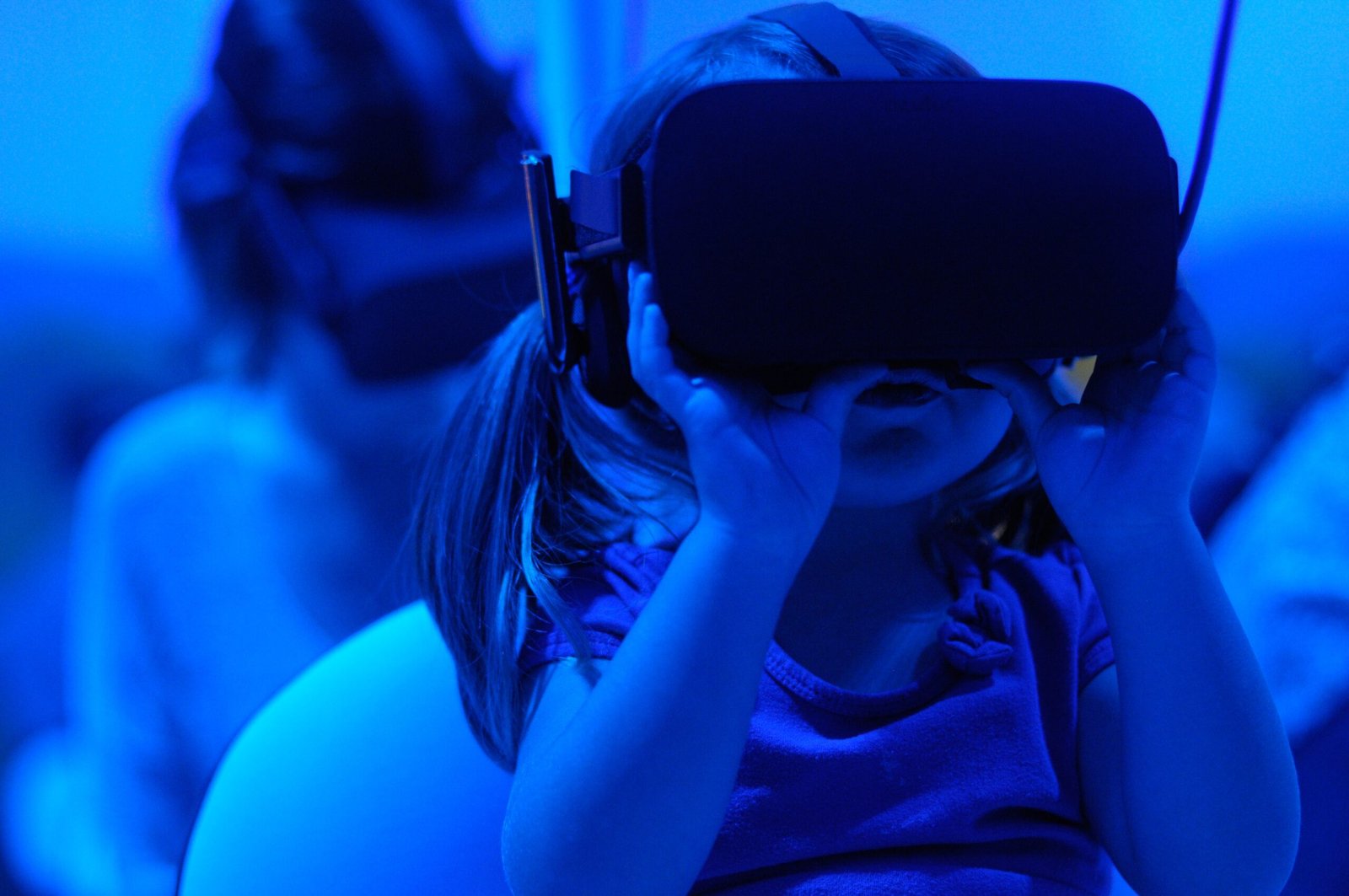Introduction
In today’s digital age, technology has revolutionized the way we experience the world around us. One such innovation that has gained immense popularity is the concept of virtual museums. These online platforms offer a unique opportunity to explore art, history, and culture from the comfort of our own homes. In this blog post, we will delve into the world of virtual museums and discuss how they have become the new frontier of cultural experience.
The Rise of Virtual Museums
With the advancement of technology, virtual museums have emerged as an alternative way to engage with art and history. These digital platforms allow visitors to explore collections, view exhibitions, and learn about different cultures without the constraints of time and physical location. Virtual museums offer a convenient and accessible way to experience the richness of our cultural heritage.
Benefits of Virtual Museums
Virtual museums offer several advantages over traditional museums. Firstly, they provide a global reach, allowing people from all corners of the world to access and appreciate art and artifacts that may otherwise be inaccessible to them. This inclusivity breaks down barriers and promotes cultural exchange on a global scale.
Secondly, virtual museums offer a personalized experience. Visitors can navigate through the exhibits at their own pace, zoom in on specific details, and even interact with certain elements. This level of engagement enhances the learning experience and encourages a deeper understanding and appreciation of the subject matter.
Furthermore, virtual museums often incorporate multimedia elements such as videos, audio guides, and interactive displays. These features enhance the educational value of the exhibits and make the learning process more interactive and engaging.
Exploring the Virtual Museum Experience
When visiting a virtual museum, users are greeted with a visually appealing interface that resembles the layout of a physical museum. They can navigate through different galleries and explore various exhibitions. Each artwork or artifact is accompanied by detailed descriptions, historical context, and sometimes even audio or video commentary.
Virtual museums also offer the option to view artworks in high-resolution, allowing users to examine the finest details of a painting or sculpture. This level of accessibility and attention to detail enhances the overall experience and brings art to life in a whole new way.
Virtual Museum Examples
There are several notable virtual museums that have gained recognition for their innovative approach. One such example is the Google Arts & Culture platform, which partners with museums around the world to provide virtual tours and access to their collections. Another popular virtual museum is the Louvre’s online platform, which allows visitors to explore the iconic museum’s extensive collection from anywhere in the world.
Additionally, many museums have created their own virtual experiences to engage with a wider audience. The British Museum, for instance, offers virtual tours and interactive exhibits that showcase their vast collection of historical artifacts.
The Future of Virtual Museums
As technology continues to evolve, virtual museums are likely to become even more immersive and interactive. Virtual reality (VR) and augmented reality (AR) technologies have the potential to transform the museum experience, allowing visitors to virtually step into historical periods or interact with virtual replicas of artifacts.
Furthermore, virtual museums have the power to preserve and protect cultural heritage. By digitizing artworks and artifacts, these platforms ensure their accessibility and longevity, even in the face of natural disasters or conflicts.
Conclusion
Virtual museums have opened up a whole new world of cultural experience. They offer a convenient, inclusive, and personalized way to explore art, history, and culture. With their immersive features and global reach, virtual museums have become the new frontier of cultural engagement. As technology continues to advance, we can expect virtual museums to play an increasingly important role in preserving and sharing our cultural heritage.



































